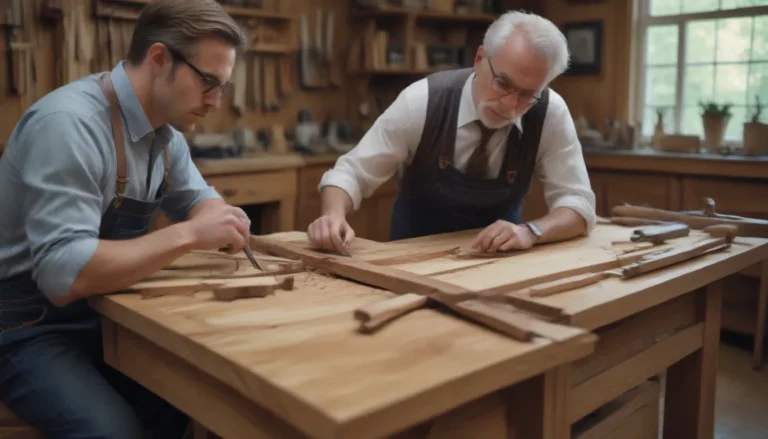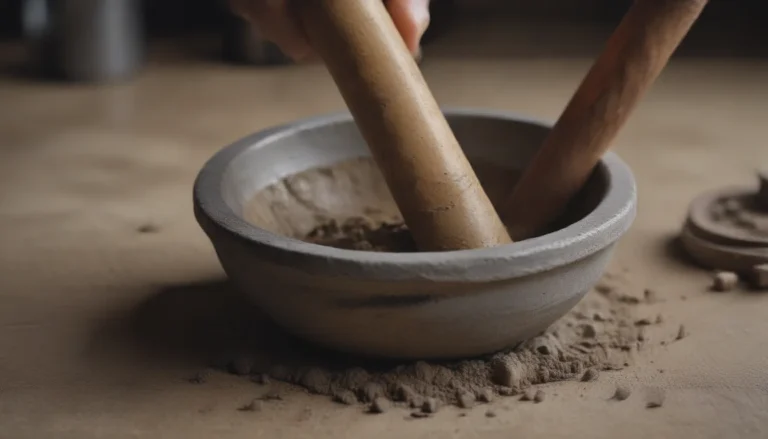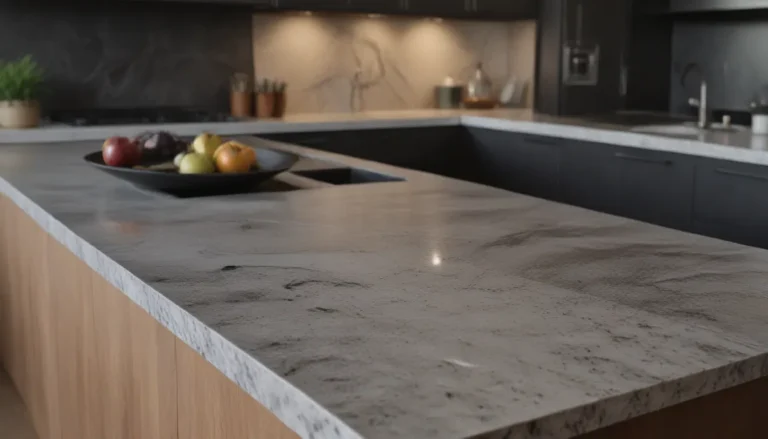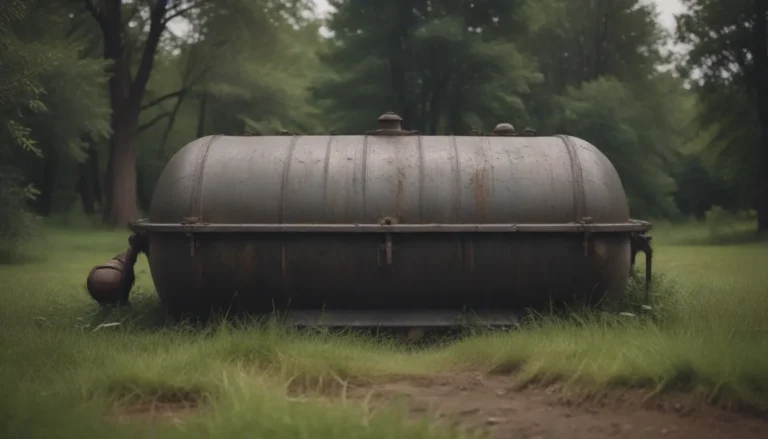Is it Possible to Paint Over Wallpaper Glue? A Comprehensive Guide

Wallpaper has the power to instantly transform a space, covering up unsightly walls with beautiful patterns and vibrant colors. It’s a versatile material that can breathe new life into a room. However, when the time comes to remove it, that’s when the challenges arise. Traditional wallpaper can be notoriously difficult to remove, often leaving behind a sticky residue of wallpaper glue.
Painting over wallpaper glue may seem like a quick fix, but is it really a good idea? In this article, we will explore whether it’s possible to paint over wallpaper glue, the potential risks and drawbacks, and alternative solutions to consider.
Can You Paint Over Wallpaper Glue?
Painting over wallpaper glue is technically possible, but it’s generally not recommended. There are several reasons for this:
- Reactivating the glue: Painting over wallpaper glue can potentially reactivate the adhesive, leading to issues with paint adhesion.
- Weakening the paint: The glue residue may weaken the paint over time, causing it to peel or bubble.
While it is possible to take precautions, such as using an oil-based primer to seal the glue, these methods can be time-consuming and may not provide a long-term solution.
What is Wallpaper Glue Made Of?
Wallpaper glue, also known as wallcovering adhesive, is a versatile adhesive product used for hanging various types of wallpapers. It provides the necessary tackiness for the wallpaper to adhere to the wall, while also allowing for adjustments during the installation process. Wallpaper glue is typically used for lightweight non-pasted wallpaper, pre-pasted wallpaper, and vinyl wallpaper.
How to Paint Over Wallpaper Glue
If you are considering painting over wallpaper glue, here are some tips to keep in mind:
- Sand the Glue: Lightly sand the wallpaper glue with #220-grit sandpaper to smooth down any high spots. Avoid sanding too forcefully to prevent damage to the underlying drywall.
- Clean the Wall: Use a brush attachment on a shop vacuum to clean off the sanding debris. Avoid using water to clean the wall.
- Apply Oil-Based Primer: Apply an oil-based primer to create a barrier between the wallpaper glue and the paint. This will help prevent any interactions between the two.
- Let the Primer Dry: Allow the oil-based primer to fully dry before proceeding with the next steps. It’s best to wait at least 8-24 hours before recoating.
- Add a Skim Coat: Apply a thin layer of drywall joint compound with a drywall knife or paint roller. Sand the skim coat smooth once it dries.
- Paint the Skim Coat: Once the skim coat is dry, paint the wall with interior acrylic-latex paint. Apply a primer before painting.
- Add a Second Coat: Let the paint cure completely before adding a second coat to ensure full coverage.
Remember to paint multiple thin coats instead of one thick coat to achieve the best results.
How to Remove Wallpaper Glue
If painting over wallpaper glue is not a viable option, you may consider removing the glue altogether. Here’s how you can do it:
- Prepare a Solution: Mix hot water, vinegar, and dish soap in a bucket.
- Apply the Solution: Use a sponge to apply the solution to the wall, working in small sections.
- Scrape Off the Glue: Use a putty knife or drywall knife to scrape off the softened glue.
- Let the Wall Dry: Allow the wall to dry completely before proceeding.
- Sand the Wall: Use fine-grit sandpaper to sand off any remaining glue residue.
Alternative Solutions to Removing or Painting Over Wallpaper Glue
If painting over or removing wallpaper glue proves to be challenging, there are alternative solutions to consider:
- Paneling: Adding paneling over the existing wallpaper can provide a fresh new look without the need to remove the glue.
- Another Layer of Wallpaper: Applying a new layer of wallpaper over the existing one can cover up any glue residue and give the room a new look.
In conclusion, while painting over wallpaper glue is possible, it may not be the most effective long-term solution. Consider the risks and drawbacks before proceeding with this method, and explore alternative solutions if needed. Remember to take your time and follow the proper steps to achieve the best results.





